Jest 1543 rok. Mikołaj Kopernik publikuje swoje słynne dzieło O obrotach sfer niebieskich, które rewolucjonizuje podejście do Układu Słonecznego i nauki. Kilka wieków później – zachowując odpowiednio mniejszą skalę zjawiska oraz puszczając oko do Was, czyli odbiorców tego artykułu 🙂 – pojawia się… shoppercentryzm.
„O jak patetycznie…” – pomyśleliście. Jasne, że tak. To celowe przerysowanie, aby zwrócić uwagę na to, jak istotną personą na dzisiejszym rynku FMCG jest nie tyle konsument, co nabywca naszych produktów. Zrozumienie jego motywacji, zwyczajów zakupowych czy sposobu bycia jest kluczem do zbudowania (przy współpracy z retailerem) przestrzeni sklepowej przyjaznej do przeprowadzania zakupów.
Produkt potrzebuje wsparcia 360
Mamy dobry produkt, inwestujemy w komunikację budującą świadomość produktu, ale Nielsen – mimo wysokiej dystrybucji ważonej – wciąż nie pokazuje zwiększonej rotacji. Produkt naszym zdaniem ma potencjał, odpowiada przecież na trendy. Co zatem zrobić? Czas na jakąś aktywność w sklepie!
Załóżmy, że przeprowadzamy promocję, a jej celem jest zwiększenie wolumenu. Jak sprawić, by inwestycja w dodatkowy moduł gazetkowy i rabat wygenerowała inkrementalną sprzedaż, a sklep nie miał problemów z zalegającym towarem?
Wyróżnij się albo zgiń, jak głosi tytuł kultowej książki Jacka Trouta. Owszem, spora część nabywców czerpie informacje o promocjach z gazetek, jednak bez odpowiednio zaprojektowanej ścieżki zakupowej i wyróżnienia naszego produktu na półce nabywca po niego nie sięgnie. Jak więc wyglądają zakulisowe negocjacje na linii producent–sieć handlowa? Co ma znaczenie, jeśli naszym celem jest wywarcie wpływu na nabywcę?
Po pierwsze: półka
Półka to zawsze numer jeden – zbudowana dystrybucja jest podstawą. Bez niej nie ruszamy dalej. Jeśli produktu nie ma w danym momencie na półce, musimy liczyć na naprawdę głęboką lojalność naszych nabywców – tylko ok. 20% pójdzie do innego sklepu akurat po nasz produkt, pozostali z braku czasu wybiorą inny substytut.
Skrupulatnie zaprojektowana półka uwzględniająca drzewo decyzyjne kategorii, którą się zajmujemy, sprawi, że zakupy będą bardziej intuicyjne. W tym miejscu powinniśmy wsłuchać się w potrzeby i motywacje nabywcy, który dziś już nie ma zbyt dużo czasu na zakupy; są one dla niego raczej przykrym obowiązkiem.
Po drugie: POSM, czyli materiały wspierające sprzedaż
Wszyscy kupujemy oczami, bardzo ważny jest zatem efektywny merchandising. Jak mawia klasyk: „Prowadzenie biznesu bez reklamy jest jak puszczanie oka do dziewczyny po ciemku. Nikt poza nami nie wie, co robimy”, dlatego do wzmocnienia komunikatu promocyjnego służą nam materiały przypółkowe, których główną funkcją jest wyróżnienie produktu na półce. Proste? Właśnie nie!
Nabywca podczas zakupów jest „atakowany” setkami komunikatów, nakierowanie jego uwagi na nasz produkt wcale nie jest takie proste. Nasz wybiórczy wzrok widzi tylko kontrasty, kształty i symbole. Dodatkowy materiał przypółkowy, aby mógł spełnić swoją rolę, powinien być więc wyróżnialny. Co prawda, ich skuteczność trudno zmierzyć, ale nie jest to niemożliwe.
Materiał niosący dla nabywcy jakąś wartość czy taki, który pomoże mu zagłębić się na moment w świecie marki (Customer Experience), nawet jeśli nie spowoduje natychmiastowego zakupu produktu, to z dużym prawdopodobieństwem przyczyni się do tego w przyszłości. Tak naprawdę, to z tyłu głowy stale powinniśmy mieć starą zasadę marketingową AIDA, czyli Attention, Interest, Desire, Action, odnoszącą się do procesu zachodzącego w głowie nabywcy czy konsumenta podczas podejmowania decyzji zakupowej.
Gdybym miał bazować na własnym doświadczeniu, powiedziałbym, że najlepiej sprawdzają się zapewniające widoczność produktów shelfstoppery, listwy, treye blokujące miejsce na półce oraz naklejki podłogowe. Ich wdrożenie często jest jednak drogie – i o ile lider kategorii znajduje na nie budżet, tak „underdog” półkowy niekoniecznie. W drugim przypadku można więc wykorzystać architekturę opakowania naszego produktu.
Po trzecie: secondary placement
Należy dać nabywcy możliwość „potknięcia” się na dodatkowej ekspozycji promocyjnego produktu – im więcej punktów styku, tym lepiej.
Przy kreacji ekspozytorów odzwierciedlenie mają dwie zasady designu: „less is more” i „make the logo bigger”. Minimalizm, spójność ze strategią marki i proste CTA (Call to Action). Powierzchnia sklepowa to miejsce, gdzie trade marketing implementuje strategię marketingu brandowego – trzeba jednak pamiętać, że nie jest to przestrzeń na przenoszenie 1:1 komunikacji marketingowej. Tutaj musi być zdecydowanie prościej: „nie ma czasu na zbędne myślenie, włóż nasz produkt do koszyka!”. 🙂
Po czwarte: ewaluacja
Czas podsumować promocję – jeden z najważniejszych etapów. To tutaj odpowiemy sobie na pytanie, czy całe nasze wysiłki przyniosły zamierzone efekty. Oczywiście nie każda promocja musi mieć cel sprzedażowy – jedne mogą wspierać wprowadzanie nowości, drugie budować trial, częstotliwość zakupów, penetrację, świadomość produktową; inne z kolei mogą mieć jakiś cel strategiczny, o którym wie tylko producent.
Ważne jednak, by nie pominąć najważniejszego etapu cyklu Kolba – refleksji. Dobra promocja – półkowa czy gazetkowa – warta jest tego, by ją powtórzyć. Jak mawiał mój świetny wykładowca od controllingu na AGH: „Inwestycja musi przynosić zysk”, dlatego dopiero na koniec dnia dowiadujemy się, czy w ogóle udało nam się coś zarobić.
Trudno tak… razem być nam ze sobą
Każdy element skomplikowanego ekosystemu sklepowego jest jak naczynia połączone – producenci oraz sieci handlowe walczą o uwagę nabywcy. Obie strony rynku doskonale zdają sobie sprawę z wagi atencji shoppera. Dostawcy inwestują coraz większe budżety, szukając punktów styku na tzw. customer journey – wszystko po to, by na koniec dnia to właśnie ich produkt znalazł się w koszyku nabywcy.
Sieci nielubiące zostawać same zachęcają producentów do wspólnej pracy na rzecz odsprzedaży, np. podczas badań takich jak Advantage, którego istotnym elementem jest m.in. customer marketing. Kluczem do osiągnięcia sukcesu obu stron jest partnerstwo – w promocji sprzedaży oraz zarządzaniu najważniejszym miejscem w sklepie, czyli półką.
Z technologią za pan brat
Na koniec wróćmy do XV wieku – to wtedy teoria heliocentryczna, mimo pierwotnej niechęci, została powszechnie zaakceptowana i zmieniła postrzeganie świata. W przypadku shopperocentryzmu wydaje się jednak, że główni zainteresowani mają świadomość jego istnienia od początku konsumpcjonizmu, ale wciąż nie doceniają jego roli. Dlatego oparta na danych analiza zachowań nabywcy i próba wpływu na niego w PSD jest obecnie istotną przewagą konkurencyjną.
Z wypiekami na twarzy patrzę i korzystam również z nowoczesnych technologii ułatwiających interpretację zachowań nabywców, takich jak IoT, VR, AI czy eye tracking, które długoterminowo zapowiadają ułatwianie stresujących – jakby nie było – zakupów. Nurtuje mnie jednak jedna rzecz: czy to faktycznie shopper jest w centrum, czy może to on wodzony jest za nos wokół produktu?

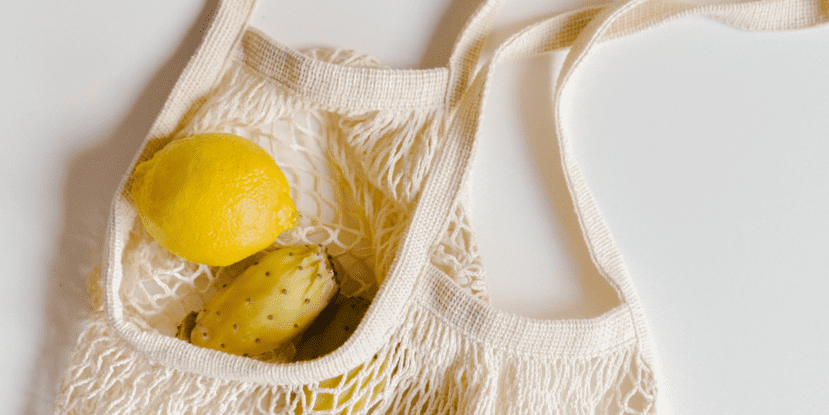
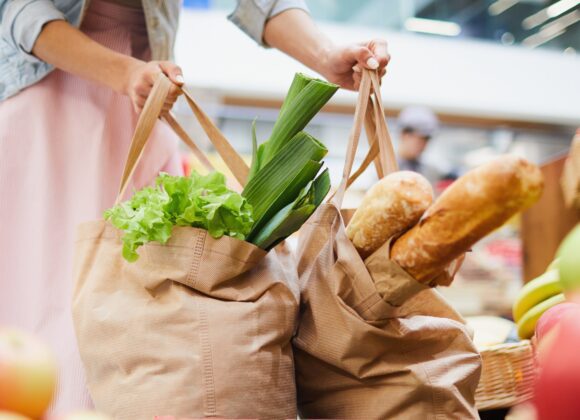

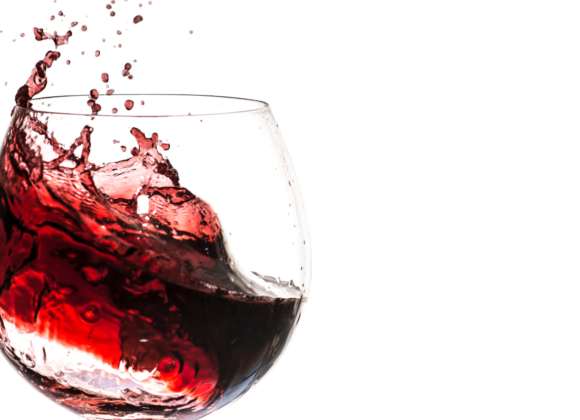
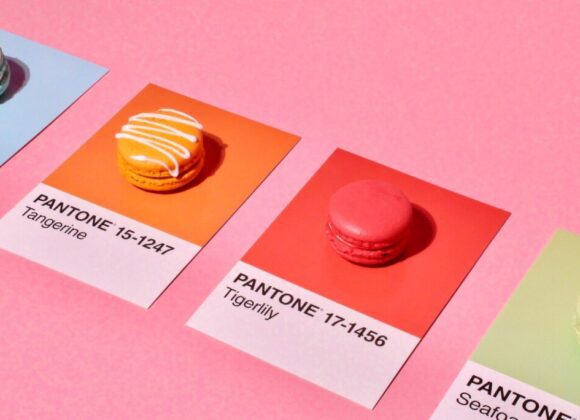

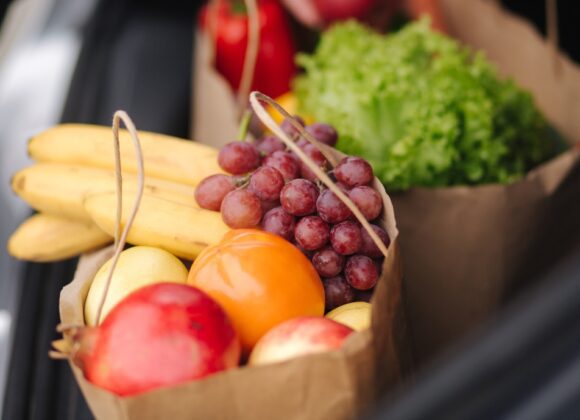


 Młodszy specjalista ds. komunikacji marketingowej i PR.
Młodszy specjalista ds. komunikacji marketingowej i PR.


 Absolwent Uniwersytetu Warszawskiego oraz Szkoły Głównej Gospodarstwa Wiejskiego. W branży HoReCa od ponad 10 lat. Przez lata związany z Grupą Trip, Sobienie Królewskie Golf and Country Club oraz restauracją Florentin w Warszawe.
Absolwent Uniwersytetu Warszawskiego oraz Szkoły Głównej Gospodarstwa Wiejskiego. W branży HoReCa od ponad 10 lat. Przez lata związany z Grupą Trip, Sobienie Królewskie Golf and Country Club oraz restauracją Florentin w Warszawe. Absolwentka Wydziału Architektury Politechniki Warszawskiej na kierunku Architecture for Society of Knowledge oraz Komunikacji Wizualnej na Politecnico di Milano. Specjalistka od budowania nastroju. Doświadczenie zdobywała w kraju i zagranicą podczas licznych warsztatów międzynarodowych (Sevilla, Lizbona, Florencja), stypendium na La Sapienza (Rzym) oraz pracując m.in. w Carmi e Ubertis i ADM Milano.
Absolwentka Wydziału Architektury Politechniki Warszawskiej na kierunku Architecture for Society of Knowledge oraz Komunikacji Wizualnej na Politecnico di Milano. Specjalistka od budowania nastroju. Doświadczenie zdobywała w kraju i zagranicą podczas licznych warsztatów międzynarodowych (Sevilla, Lizbona, Florencja), stypendium na La Sapienza (Rzym) oraz pracując m.in. w Carmi e Ubertis i ADM Milano.








 Menedżer z wieloletnim doświadczeniem w branżach kosmetycznej, spożywczej, dziecięcej. W trakcie swojej kariery związany z firmami takimi jak: L’Oreal, Samsung, Danone-Nutricia, Unilever. W ciągu swojego życia zawodowego odpowiadał między innymi za rozwój sprzedaży i contentu eCommerce w Polsce i krajach Europy Środkowo-Wschodniej.
Menedżer z wieloletnim doświadczeniem w branżach kosmetycznej, spożywczej, dziecięcej. W trakcie swojej kariery związany z firmami takimi jak: L’Oreal, Samsung, Danone-Nutricia, Unilever. W ciągu swojego życia zawodowego odpowiadał między innymi za rozwój sprzedaży i contentu eCommerce w Polsce i krajach Europy Środkowo-Wschodniej. 

























































